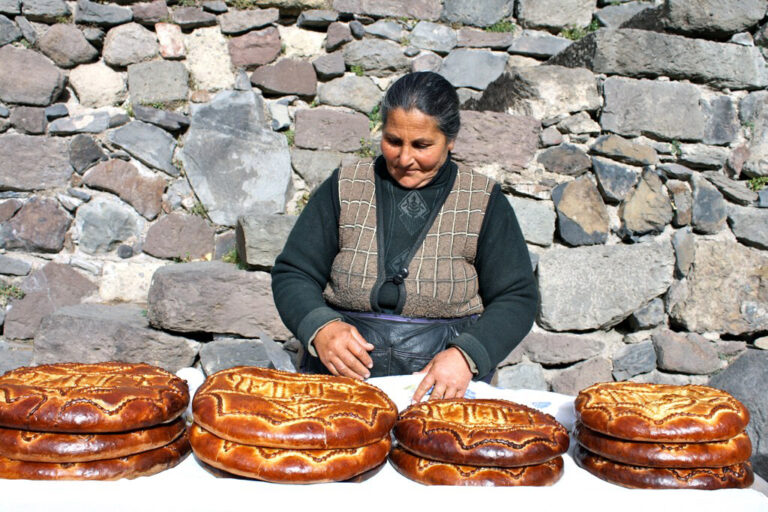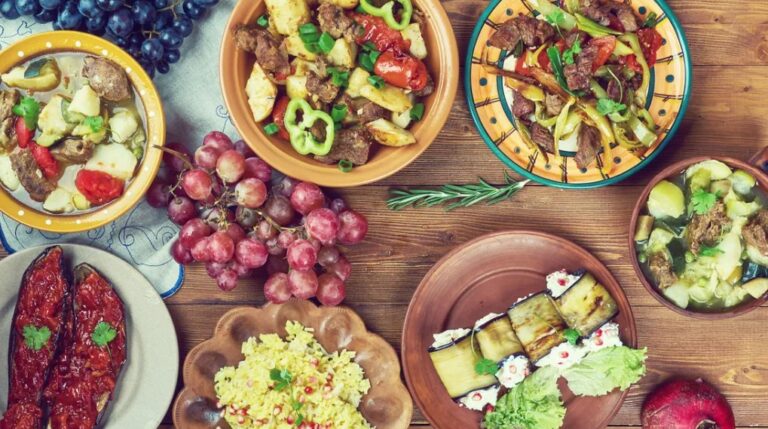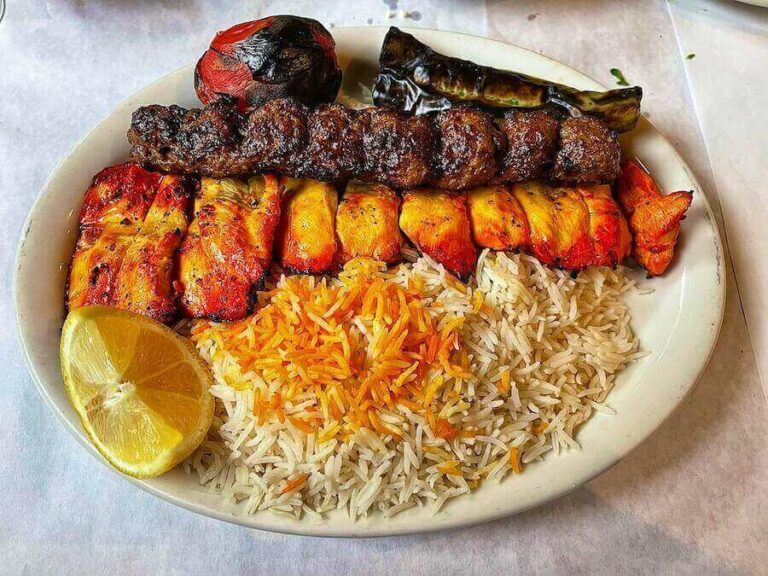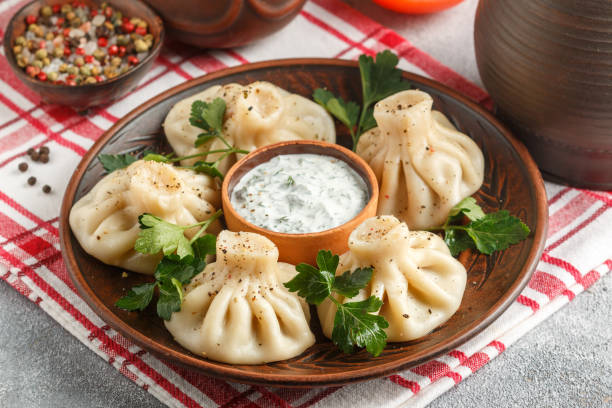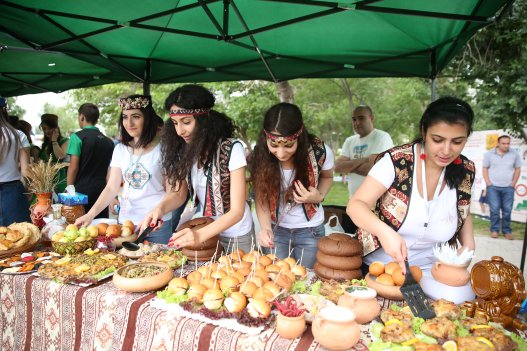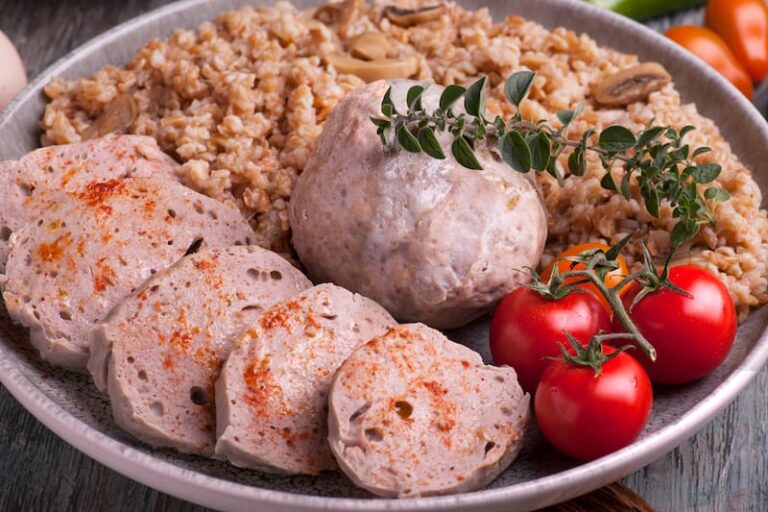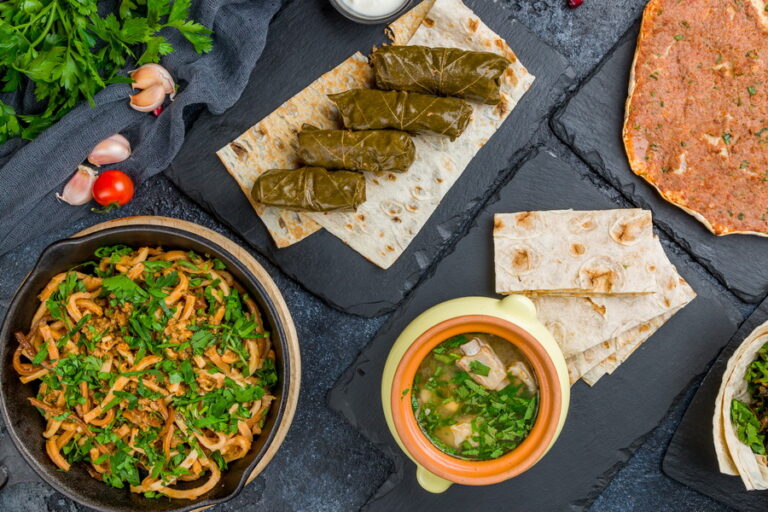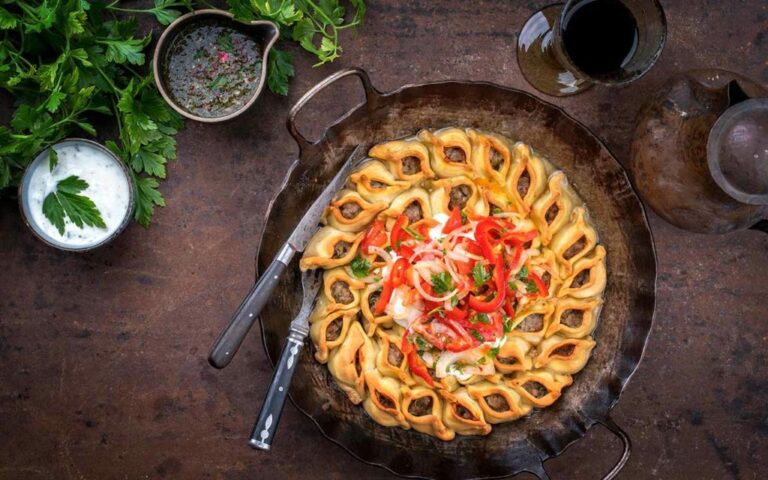Introduction: Exploring Traditional Bread Varieties in Armenian Cuisine
Bread has always played an essential role in Armenian cuisine, being a staple food for centuries. Armenian bread is known for its distinctive taste, texture, and aroma, and each region of Armenia has its own specialty bread. The variety of bread in Armenia reflects the country’s rich cultural heritage and history.
In this article, we’ll explore some of the traditional bread varieties in Armenian cuisine, from the famous flatbread to the rich and flaky festive bread, and the sweet pastries that are a hallmark of Armenian culture.
Armenian Flatbread: The Staple of Armenian Cuisine
Armenian flatbread, or “lavash,” is probably the most famous and beloved bread in Armenian cuisine. It’s a thin, soft, and delicious bread that’s perfect for wrapping around grilled meats, cheese, or vegetables. Lavash bread is made with simple ingredients, including flour, water, and salt. It’s traditionally baked in a clay oven called “tonir,” which gives it a unique flavor and texture.
Lavash bread is not only a staple food in Armenian cuisine but also a cultural symbol. It’s an essential part of Armenian weddings, where it’s used to wrap the “khachapuri,” a traditional dish made with cheese and eggs. Lavash bread has also been recognized as an intangible cultural heritage by UNESCO.
Matnakash Bread: The Elaborate Braided Bread
Matnakash bread is an elaborate braided bread that’s a favorite during Armenian holidays and celebrations. It’s made with flour, yeast, sugar, eggs, and milk, and it’s shaped into a braided ring. The dough is then brushed with egg wash and sprinkled with sesame seeds before baking.
Matnakash bread is a labor-intensive bread that requires skill and patience to make. It’s usually reserved for special occasions, such as Easter or Christmas, and it’s enjoyed with honey or butter.
Barbari Bread: The Artisanal, Rustic Bread of Armenia
Barbari bread is an artisanal, rustic bread that’s similar to Italian ciabatta or French baguette. It’s made with flour, water, yeast, and salt, and it’s characterized by a crispy crust and a soft, airy interior. Barbari bread is traditionally baked in a stone oven, which gives it a unique flavor and texture.
Barbari bread is a versatile bread that can be enjoyed with a variety of toppings, such as cheese, olives, or herbs. It’s a popular bread in Armenian restaurants and bakeries, and it’s also a favorite among locals.
Gata Bread: The Sweet Pastry of Armenian Tradition
Gata bread is a sweet pastry that’s a hallmark of Armenian tradition. It’s made with flour, butter, sugar, and milk, and it’s flavored with vanilla, cinnamon, or cardamom. Gata bread is usually shaped into a round disk or a braid, and it’s brushed with egg wash before baking.
Gata bread is usually enjoyed as a dessert or a snack, and it’s often served with tea or coffee. It’s also a popular gift during Armenian holidays and celebrations.
Choreg Bread: The Rich and Flaky Festive Bread
Choreg bread is a rich and flaky festive bread that’s a favorite during Armenian holidays, such as Easter or Christmas. It’s made with flour, sugar, butter, eggs, and milk, and it’s flavored with orange blossom water, mahlab, or anise. Choreg bread is traditionally shaped into a twisted braid or a knot, and it’s brushed with egg wash before baking.
Choreg bread is a labor-intensive bread that requires skill and patience to make. It’s usually enjoyed with butter or honey, and it’s a favorite among Armenians worldwide.
Conclusion: Armenian Bread, A Delicious and Rich Cultural Heritage.
Armenian bread is not just a staple food in Armenian cuisine, but also a cultural heritage that reflects the country’s rich history and traditions. From the famous lavash bread to the rich and flaky festive bread, Armenian bread varieties are beloved by locals and visitors alike.
Armenian bread is not just a food, but also an expression of identity and culture. It represents the hard work and creativity of Armenian bakers and the unique flavors and aromas of Armenian cuisine. So, the next time you visit Armenia or an Armenian bakery, make sure to try some of these delicious traditional bread varieties.

